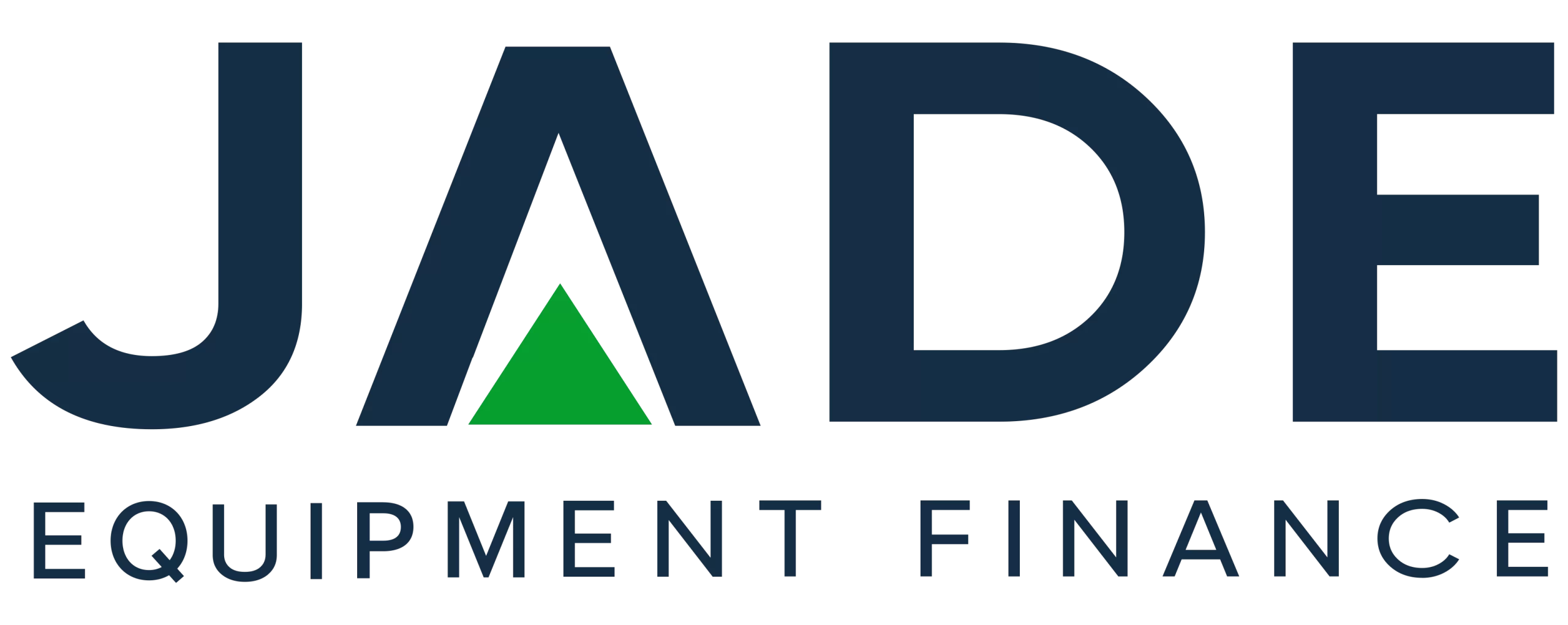The Australian Bureau of Statistics (ABS) released the most recent Labour Force data for the February reporting period on March 16. The unemployment rate remains a key concern for many business owners and operators due to the ongoing tightness in the labour market. Additionally, the latest data could have significant implications for interest rates.
The February data shows a 0.2% decrease in unemployment, following an increase in January's figures. Economists believe this outcome may affect upcoming rate decisions by the Reserve Bank of Australia (RBA) Board. Factors such as the unemployment rate, inflation, and global economic developments are crucial considerations for the RBA Board.
Market expectations predicted another 0.25% rate increase in April. However, the February jobs data was released alongside news of significant problems in the US banking sector and Credit Suisse in Europe, prompting many analysts to revise their expectations.
For more information, you can visit the website of the Australian Bureau of Statistics (ABS) to access the Labour Force data.
February Unemployment Figures
According to the ABS media release, unemployment dropped by 0.2% to 3.5%. Bjorn Jarvis, ABS Head of Labour Statistics, reported an increase in employment of 65,000 people and a decrease in the number of unemployed individuals by 17,000, returning the unemployment rate to December 2022 levels.
Jarvis also highlighted that the employment increase in February followed declines in employment (and increases in unemployment) recorded for December 2022 and January of this year. The January figures included a higher-than-usual number of people leaving their jobs to start new ones, a trend particularly evident in the southeastern regions. Seasonal employment increases were recorded in the Australian Capital Territory (ACT), Victoria, and New South Wales (NSW), with those waiting to commence new jobs returning to more normal levels.
The February data indicates a return to December levels for the employment-to-population ratio, with the participation rate rising by 0.1% for the period, equal to the December rate. A 3.9% increase in hours worked was also reported. Following the traditional annual leave period in January, Jarvis observed a strong rebound in hours worked for February. Hours worked in February 2023 were 5.1% above the February 2022 level. Jarvis noted that the reporting period did not experience the same disruptions as previous years, such as natural disasters (2022 floods) and the pandemic.
When examining the employment trend over a 20-year period before the pandemic, February's data is only slightly below the monthly average. Jarvis explained that employment growth is approaching historic long-term rates, despite recent deceleration.
Interest Rates Significance
The February unemployment data may be significant for business owners considering new equipment finance, as RBA decisions affect all lending markets, including the machinery and equipment sector.
As the Reserve Bank of Australia (RBA) Board makes decisions concerning the cash rate, unemployment factors prominently in their considerations. However, they must also balance this with the latest data on global banking sector developments. This subject has been widely discussed by numerous analysts, economists, and commentators, each offering their perspective.
The potential outcomes of the RBA's April Board meeting offer different possibilities. Some predict another 0.25% cash rate rise due to the decrease in unemployment, while others suggest a pause in rises due to global financial developments.
Prominent lenders have varied opinions on this matter. For instance, Westpac has revised its outlook for the peak cash rate from 4.1% to 3.85%, while ANZ has maintained its current outlook, projecting two more 0.25% rate increases.
Managing Equipment Finance Amidst Market Uncertainty
With the end of the financial year approaching, many operators are looking to acquire new machinery and equipment. Therefore, future interest rate prospects become increasingly significant. Planning and budgeting efforts may need to consider different interest rate scenarios, such as a potential increase in Equipment Loan Rates or the possibility of a pause, with current rates persisting through April-May.
No matter the outcome, operators can take solace in the fact that we will continue to offer competitive interest rates across our Equipment Funding portfolio. For instance, those needing Business Vehicle Finance or Technology Leasing Chattel Mortgage Loans can expect competitive terms. In addition, some commercial finance sector lenders may adjust their interest rates based on their own forecasts, even ahead of RBA decisions. This underscores the rate variation across the market and the advantages of our broker-style lender services to secure the most favourable Large Machinery Loan Rates available.
One such area where this could be crucial is Excavator Finance & Lease. Operators looking to secure Competitive Equipment Funding before any potential rate increases are encouraged to contact us for finance approval at their earliest convenience.
For more information and insights, stay tuned for the release of the March RBA Board meeting minutes on March 21, the detailed Labour Force report from the ABS on March 23, and the National Accounts Finance and Wealth release on March 23.
For cheaper equipment finance interest rates contact Jade Equipment Finance on 1300 000 003
DISCLAIMER: IF MISINTERPRETATIONS, MISREPRESENTATION OR ERRORS EXIST IN THIS ARTICLE, NO LIABILITY IS ACCEPTED. THE INFORMATION IS PROVIDED ONLY FOR GENERAL PURPOSES AND NOT IN ANY MANNER INTENDED AS THE ONLY SOURCE FOR MAKING FINANCIAL DECISIONS. THOSE THAT CONSIDER THEY REQUIRE ADDITIONAL GUIDANCE OR ADVICE SHOULD REFER TO AN INDEPENDENT FINANCIAL ADVISOR.


